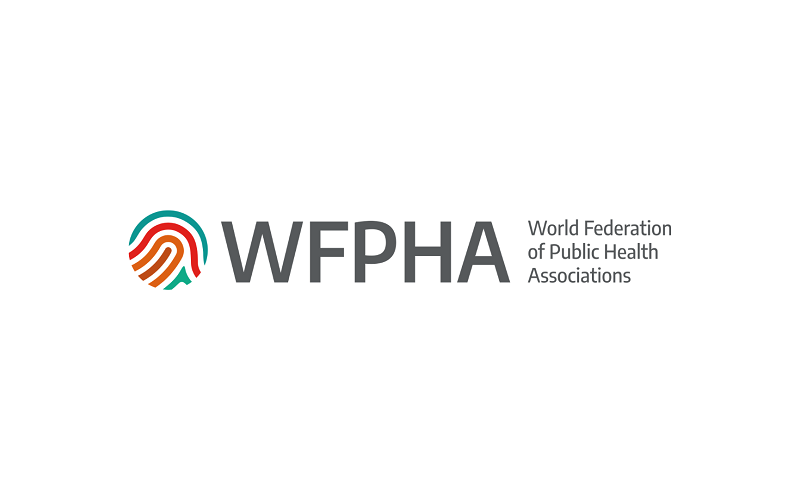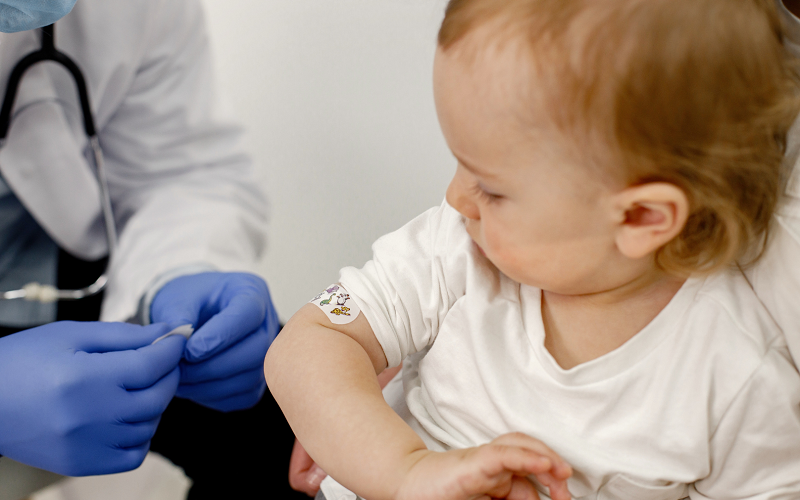Childhood vaccination contributes to reducing mortality and morbidity globally, reducing disease incidence, and providing health protection. In short, it is a key driver in disease prevention.
In recent decades, childhood vaccination coverage has risen across Europe, with several countries managing to achieve the 95% coverage goal within the last ten years. This should be worthy of applause. However, coverage rates in many areas within the European Union (EU) declined in the period between 2010 and 2021. As a result, several European countries have experienced unprecedented outbreaks of vaccine-preventable diseases (VPDs), including measles outbreaks. This general trend requires increased efforts to combat barriers around vaccination uptake, as robust and resilient vaccination systems across the EU are crucial to protecting the population from preventable illnesses and deaths due to VPDs, as well as ensuring recovery from any future crises.
In an article published by the researchers of the WFPHA and its International Immunization Policy Taskforce, they assessed the state of the changes in vaccination coverage in the EU between 2010 and 2021 based on the World Health Organization (WHO) vaccination indicators of Diphtheria, Tetanus, and Pertussis (DTP) 1st dose, DTP 3rd dose, Haemophilus influenzae type b (Hib3), Hepatitis B 3rd dose (HepB3), measles 1st dose, measles 2nd dose, and polio 3rd dose. They summarized key learnings and trends in childhood vaccination within the EU, with a focus on current challenges and enablers.
Childhood Vaccination Coverage Rates in the EU between 2010 & 2021
According to the article:
- For all vaccines assessed, a high degree of variation and fluctuation in coverage rates in the EU between 2010 and 2021 can be observed.
- There is a general pattern of declining coverage across vaccines in 2019 compared to 2010.
- Lower-performing countries, such as Austria or Romania, show more frequent or more severe fluctuations across vaccines.
- Higher-performing countries tend to have little or no fluctuation in coverage rates.
Variations Show Vulnerability
Variations or fluctuations in vaccination coverage rates are a concern. Vaccine fluctuations indicate the fragility of vaccination coverages and of the immunization ecosystem. Strong efforts are needed to ensure countries have robust and resilient immunization systems.
Factors Causing Fluctuations in Childhood Vaccination Coverage Rates in the EU
The article summarized the following barriers causing fluctuations in vaccination coverage rates in the EU:
- Structural barriers (e.g., having to take time off work to get a child vaccinated)
- Delays in vaccine procurement
- Vaccine hesitancy (among the public and/or health care professionals)
- Spread of misinformation about vaccination
- The COVID-19 pandemic
- The Ukraine crisis
Enablers for Increasing Childhood Vaccination Coverage Rates in the EU
The article summarized the following enablers for increasing vaccination coverage rates in the EU:
- Easy access to vaccine administration
- Outreach services and catch-up campaigns
- Vaccination policies (depending on local context)
- Real-time systematic data collection
- Communication between individuals and healthcare workers regarding vaccines
- Sending vaccine reminders
- Awareness-raising and education campaigns
- Easily accessible and reliable information materials about vaccination
Recommendations for Improving Childhood Vaccination Coverage Rates in the EU Based on the WFPHA’s Policy
The article summarized the following recommendations for improving childhood vaccination coverage rates in the EU based on the WFPHA International Immunization Policy Taskforce’s key recommendations to improve the resilience of childhood vaccination programs in the EU for policy makers to take forward at EU and national levels:
Facilitate access to vaccination
- Increase range of providers to administer vaccination
- Enable providers to administer vaccinations outside of the site where they are employed (e.g., administer vaccines at childcare facilities)
- Additional hours to access vaccinations (e.g., outside of regular work hours)
Develop mitigation strategies and plans to respond to VPD outbreak
- Ensure sufficient infrastructure and health worker capacity
Increase use of digital technologies
- Improve real-time data collection and disease surveillance systems
- Electronic immunization records
- Automated vaccination reminders
Improve education and awareness regarding the value of vaccination
- Public awareness and communication campaigns
- Public health education programs
Considering the convergence of the current COVID-19 and Ukraine crises, the article recommended concrete crisis preparedness plans to ensure immunity gaps do not further exacerbate the disruption of vaccination systems.








Recent Comments